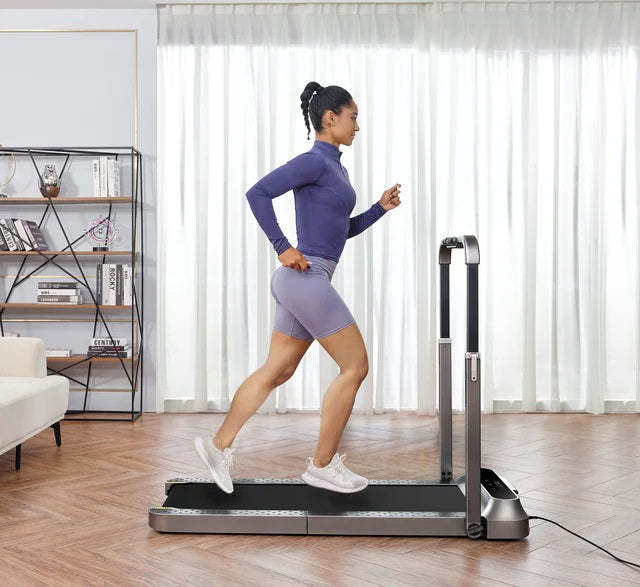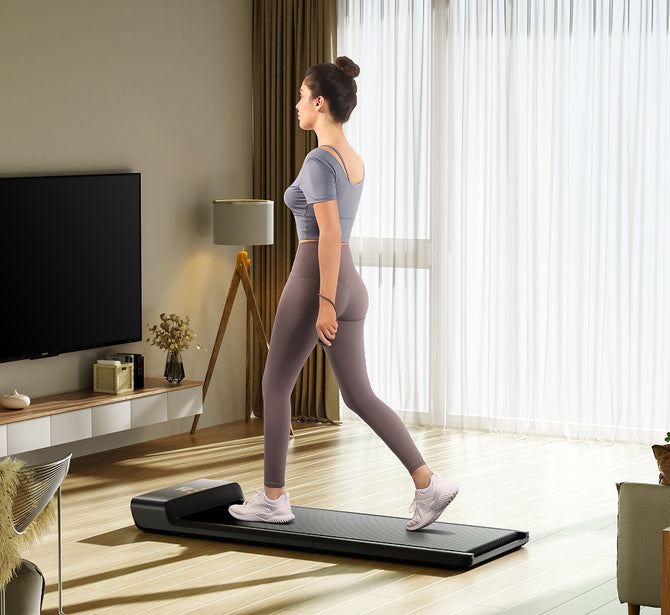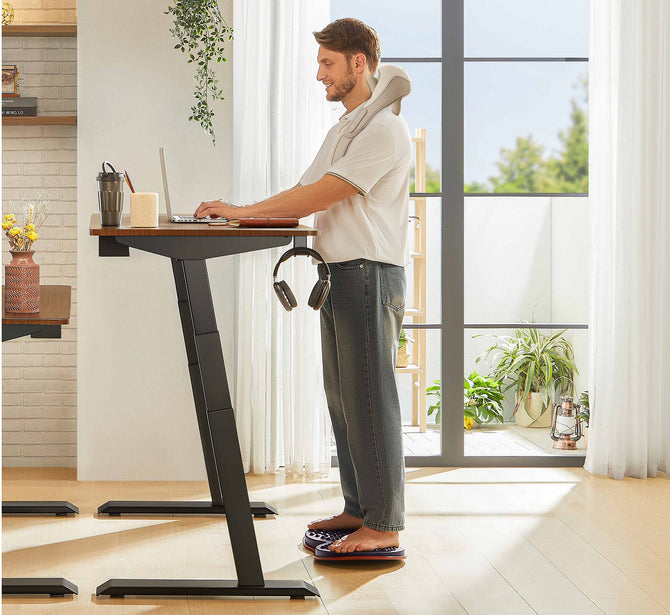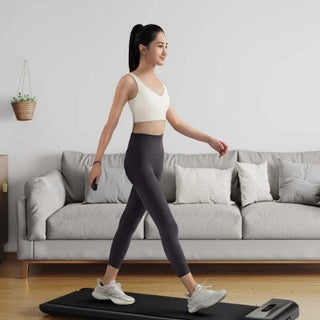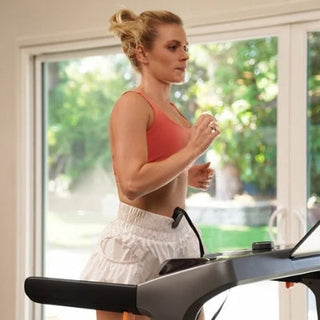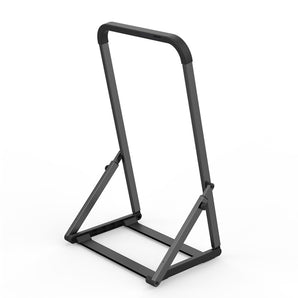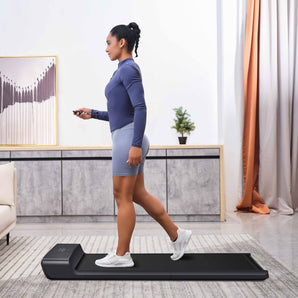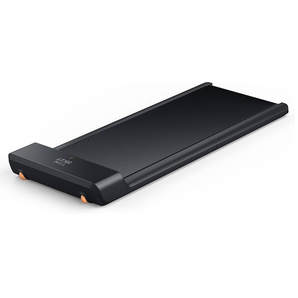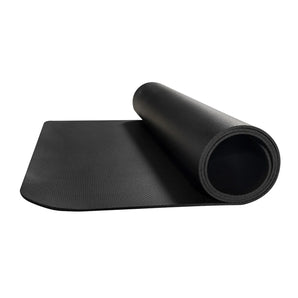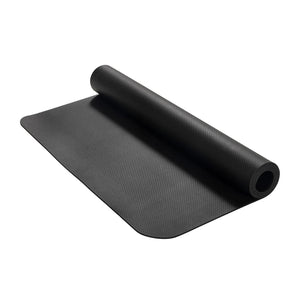It can happen that you feel a bit lightheaded or dizzy after running on a treadmill. Especially if you train at home or in the office, that feeling can be strange or concerning for a moment. Fortunately, dizziness after running on a treadmill is a common phenomenon and usually harmless.
In this article you'll read why you can get dizzy after running on a treadmill, which mistakes can worsen this feeling and what you can do to prevent this in the future. You'll also discover why choosing the right treadmill can make a big difference in your training experience.
Why do you get dizzy after running on a treadmill?
When you run on a treadmill, your brain, muscles and balance organs work together to coordinate your movement. While running, your eyes and body move in a rhythm that is continuously processed by your brain. As soon as you suddenly stop, that balance organ may still have the feeling that you're moving. This causes you to become dizzy or unsteady shortly after stopping running on the treadmill.
Additionally, blood pressure fluctuations play a role. During exercise, your heart pumps blood through your body faster to bring oxygen to your muscles. When you suddenly stop, your blood pressure temporarily drops, which can lead to a feeling of dizziness. Also, oxygen deficiency, for example from breathing too fast or shallow, can contribute to a dizzy feeling. Your body needs some time to recover and adapt to the transition from exertion to rest.
Possible causes of dizziness after running on a treadmill
Many people don't realize they make small mistakes during or after their training that increase the risk of dizziness. By paying better attention to your posture, breathing and pace, you can easily prevent this. Below you'll read the most common mistakes:
- Stopping too quickly or stepping off immediately: when you stop abruptly, your body doesn't get time to gradually normalize blood circulation. This often causes a sudden drop in your blood pressure and dizziness.
- Incorrect running posture or pace: wrong posture or too high speed causes tension in your neck and shoulders, which affects your balance and breathing.
- Insufficient hydration or ventilation: during running you lose fluid. A lack of hydration or oxygen in the room can lead to mild dizziness or headache afterwards.
- Poor preparation or overload: without warming up or when you challenge yourself too much, your body gets tired faster.
How to prevent dizziness after running on a treadmill
There are various ways to prevent getting dizzy after running on a treadmill. By structuring your training the right way and paying attention to your posture and environment, you significantly reduce the chance of that unpleasant feeling. Therefore pay attention to the following factors:
- Stop gradually: reduce your speed slowly and walk at a leisurely pace for a few minutes before stopping completely. This gives your body time to recover.
- Maintain good posture: keep your back straight, shoulders relaxed and look forward. This helps with your balance and breathing.
- Stay hydrated: drink enough water before, during and after your training to prevent dehydration.
- Ensure good ventilation: train in a well-ventilated room or use a fan to ensure sufficient oxygen supply.
- Warm up properly: start with a light warm-up to prepare your body for the effort.
The right treadmill makes the difference
Not every treadmill feels the same. The quality of shock absorption, the stability of the running surface and ease of use play an important role in how you feel after running.
A well-cushioned and stable treadmill, like a WalkingPad treadmill, reduces the load on your joints and ensures smooth movement. This helps maintain your balance better and reduces the chance of dizziness after running.
WalkingPad offers innovative, foldable treadmills that are ideal for home or office. Thanks to the advanced cushioning, compact design and quiet motor sound, you can train safely and comfortably, whenever it suits you.
